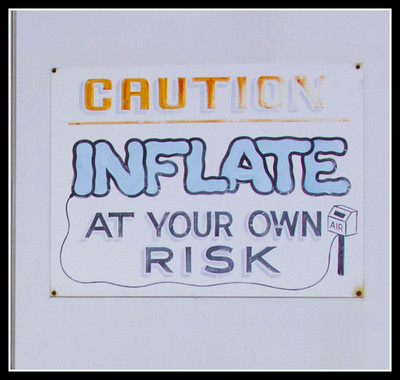West Shore Community College in Scottville, MI announced earlier this week that they will raise FY 2022 tuition by 4%. WSCC officials explained to the Board of Trustees that, while revenues increased by 5.5%, expenses increased by 6.2%.
Expenses for student services rose by 8.5% because WSCC hired a director of advising and retention. The WSCC administration did not plan for that hire in fiscal 21, b
ut filled that position last year. That position also came with a budget for advertising, marketing, and website redesign. WSCC also intends to hire an emergency services director. As a result, the cost of WSCC’s administration rose by 11.4% from last year. According to the Chief Financial Officer, WSCC expects to enroll fewer students this year than last year.
More administration. Fewer students. Higher tuition.
WSCC operates a bookstore, a recreation center, a performing arts center, and an ice rink, all of which closed during the pandemic. Hope plays an important role in the budgeting process, since WSCC hopes the bookstore will bring in an additional $25, 000. (On fewer students.)
WSCC’s administration acknowledges that its expenses have risen because it increased the size of its administration. In addition, they did it in an unplanned way. They hired a new director using a budget that had no resources set aside to pay for the director or fund her activities.
Tuition increases shouldn’t fund growth in administration costs
But it’s ok, because they raised tuition. The students will not derive much direct benefit from these administrative hires. Sure, they can use improved advising, but they will get nothing from increased advertising and marketing. They may or may not benefit from a website redesign, which can be far more expensive than one would think. Maybe WSCC students may benefit from an emergency services director, but probably not. It doesn’t matter; the students will be paying for them anyway.
Not every portion of a community college’s administration directly benefits students. Charging the students for administration that they don’t benefit from raises the cost of attendance but returns little value. When people pay for something, they generally expect something of similar value in return.
This is a permanently uneven trade. Current and future students will not benefit from increased administration costs. But the tuition rate will never decrease. This 4% increase amounts to a permanent administration tax on all future WSCC students.
Likewise, the taxpayers will not substantially benefit from more expensive administration. In fact, the tuition increase will reduce enrollment; WSCC taxpayers will get the bill for the increased administration costs, without a corresponding benefit.
It’s easy to see this happening at WSCC. But the exact same thing happens at WCC. The Board expects students to pay for inflated administration that offers no benefits to them. They also expect students to underwrite massive construction projects that they will not be around to use. The result of this dangerous approach is that the cost of education goes up, but the value it returns decreases. After a while, it becomes very difficult for people to justify enrolling.
Unchecked growth in the size and cost of community college administration is not harmless.
Photo Credit: R. Miller, via Flickr



































